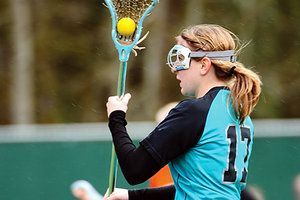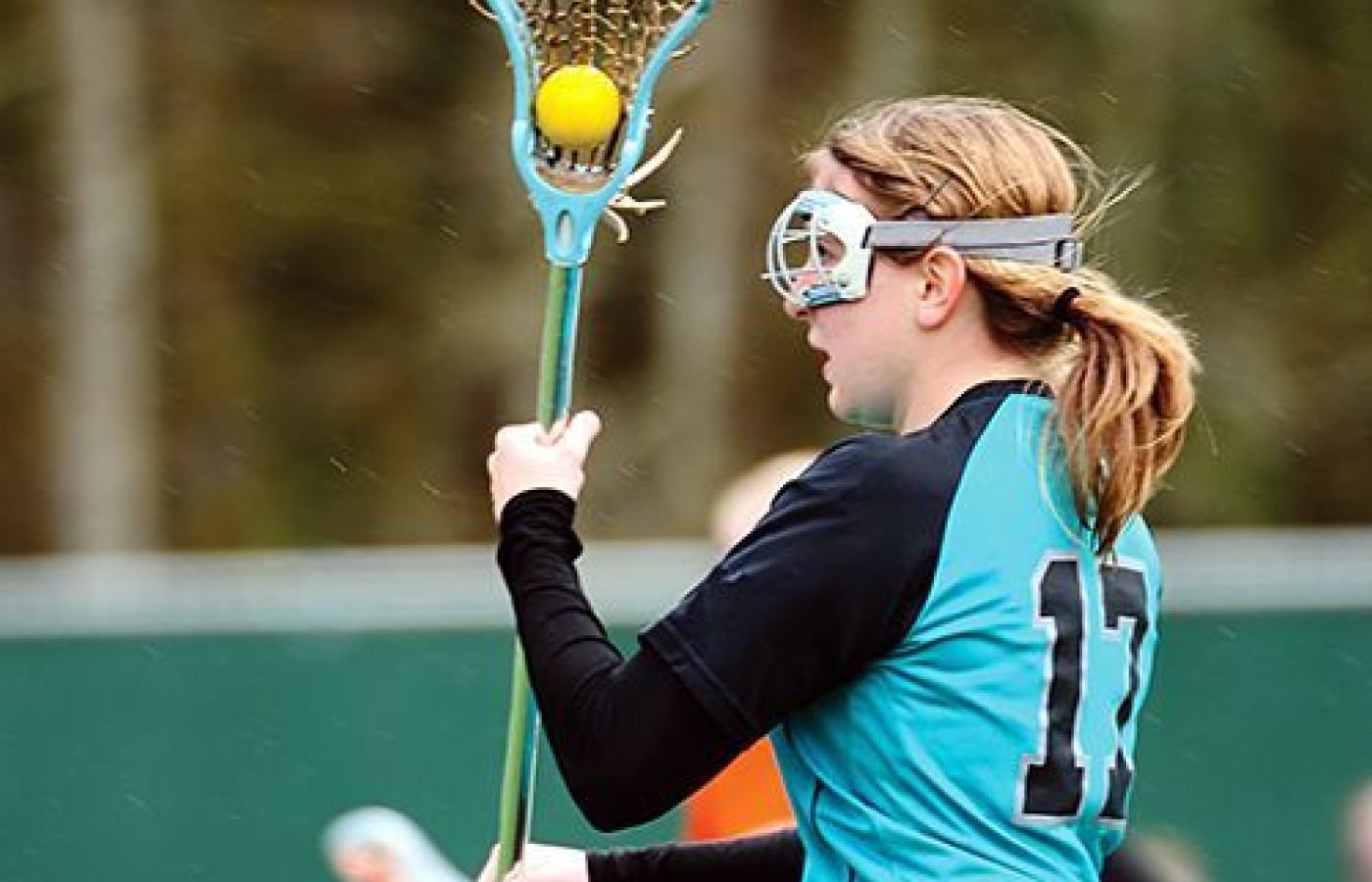On Oct. 21, 2025, a judge in Florida issued a groundbreaking decision in Complete Care v State Farm, 25-CA-1063. It concerns a fact pattern that many chiropractic doctors have faced wherein an insurer, such as State Farm or Allstate, decides to simply stop paying all claims submitted by a healthcare provider.
| Digital ExclusiveA New Era of Injury Awareness Means a New Focus on Prevention
Despite a dramatic Super Bowl last month, the National Football League has taken quite a few hits lately concerning player injuries, particularly concussions. As famous sports commentator Frank Deford said last fall, citing recent reports, "[A]lmost one-third of NFL players will suffer long-term cognitive problems. Granted, that's professionals; but obviously younger brains are at jeopardy on all gridirons. What mother or father can any longer willfully allow a son to play such a game with such odds? Verdict: Football is dangerous to your brain."
Even if there is room for debate on the numbers, Deford hits on a point: A major shift in the public's perception of sports and recreation is underway. And it's not just football; across the sports world, from pro leagues to Little League, fans, parents, players and coaches are increasingly aware of the potential for serious, even life-threatening injuries from contact sports.
Need Meets Opportunity
Data from the Centers for Disease Control and Prevention show that incidents of "sports and recreation" injuries are rising; emergency-room visits for traumatic brain injuries in particular increased 62 percent from 2001 to 2009.1 High-school athletes are especially susceptible, with three times as many catastrophic injuries occurring on the high-school football field as on the collegiate.2
According to the National Athletic Trainers' Association, 39 youths died from sports-related injuries in 2011.3 Are youth sports inherently more dangerous than they once were? Possibly. But the numbers are more likely a reflection of the public's increasing awareness of sports-related injuries, which is a positive – parents and coaches are insisting on professional help sooner and more frequently.

But while this is important, it's not good enough; an injury suffered on the field can have consequences that last a lifetime. As chiropractors, we are uniquely positioned among our health professional peers to make a difference. No other profession looks at the delicate interplay of the body's neurological, skeletal and musculoskeletal systems, and the biomechanics that animate them. Our rehab and stabilization programs can address the subtle, often asymptomatic flaws in these systems that can help prevent major injury from occurring in the first place. With knowledge of the Sport Concussion Assessment Tool (SCAT-3), DCs can also help players and parents develop safe return-to-play protocols should a concussion occur.
Conventional screening for a prospective team athlete is an eyes, ears and throat exam, plus a scoliosis screening – often administered by the family MD. While useful, passing these tests "is like saying the absence of terminal cancer means you're healthy," writes my colleague, Tim Maggs, DC, director of sports biomechanics at Christian Brothers Academy in Albany, N.Y. Chiropractic can offer more.
Focusing on Prevention
Consider marketing your prevention services to the young athletes and their parents in your community. The youth sports demographic is so large it's difficult to quantify; between 21.47 million and 35 million play sports each year (the latter figure is more than the population of California in 2000). In fact, few American kids do not play sports. For children between the ages of 8 and 17, only 13 percent of boys and 18 percent of girls have never joined a team or club.4
We also know parents are willing to invest in kids' sports involvement. A recent consumer survey found that parents spend $671 a year, on average, on sports-related costs per child, and 21 percent of parents spend more than $1,000 per child.6 In Cincinnati, one father tracked sports-related spending on his three active children and found the family sunk $9,076 into sports equipment, uniforms, fees, lessons and travel to events in 2010 alone.5
If parents are willing to spend hundreds, if not thousands, on these goods and services, it seems a modest investment in protecting their child's health would be a "no brainer." Most simply don't know preventative biomechanical exams and care are an option. We are the biomechanics experts. It's about time the public hears about it.
In your own practice, you may wish to brush up on your sports injury prevention knowledge before marketing your services. With plenty of "basics" or "refresher" courses available online or in person to help you get in the game, there is no better time. Nearly all of the major chiropractic colleges offer postgraduate coursework aimed at taking care of athletes; you can pursue a certification or simply work at building your knowledge.
In 2011, the Foundation for Chiropractic Progress funded the creation of Athletic TIPS (Toward Injury Prevention in Sports). TIPS offers online learning, grassroots events and supportive initiatives aimed at reducing the epidemic of youth sports injuries. Training focuses on four core categories: dehydration, musculoskeletal injuries, nutrition and concussions. The program was developed by a multidisciplinary advisory board comprised of recognized experts in these fields, many of whom are DCs.
TIPS has already made great strides, including the training of more than 200 chiropractors to conduct community workshops in 2014. Nearly 1,000 coaches nationwide have participated in TIPS training, and an interactive online learning platform allows for education anywhere, anytime. Becoming a TIPS-certifiedpractitioner empowers you to teach parents and coaches about sports injury prevention, and positions you as an expert on these topics within your community.
Many doctors I've spoken to have found that emphasizing sports injury prevention in their exam rooms, especially with young athletes, has helped to usher in new patients and revitalize their practices. Moreover, they've told me it's professionally rewarding to be able to reach, empower and protect such a vulnerable demographic. I encourage you to be proactive in your practice and help coaches, parents and players be proactive about young athletes' health.
References
- Centers for Disease Control and Prevention. Nonfatal Traumatic Brain Injuries Related to Sports and Recreation Activities Among Persons Aged ≤19 Years, United States, 2001-2009. Morbidity Mortality Weekly Rep, (MMWR), 2011;60(39);1337-1342.
- Boden B, Tacchetti RL, Cantu RC, et al. Catastrophic head injuries in high school and college football players. Am J Sports Med, 2007;35(7):1075-1081.
- National Athletic Trainers' Association.
- Kelly B, Carchia C. "Hey Data Data – Swing!" ESPN The Magazine, July 11, 2013.
- "Youth Baseball: Are Private Lessons Worth the Money?" Blog post, Statsdad.com, July 8, 2012.



